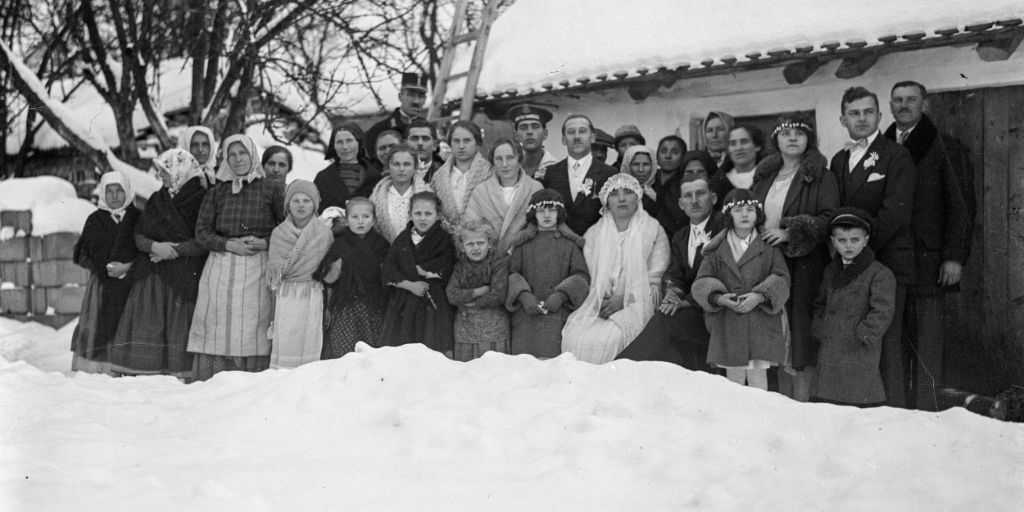The tradition of marriage in Hungary has changed a lot since the beginning. Let’s start at the beginning, when the bachelor wanted to woo his sweetheart, he brought her a gift to prove his love. The gift did not mean that the girl was committed, as they could decide anything up to the moment of betrothal, and even the parents had a say in the matter, deciding to whom they would marry their beloved daughter.
In those days, if a man wanted to marry his intended, he had to ask her father first. If he had her blessing, they could start planning the wedding from there. On the wedding day, the groom would go to his beloved’s family to show her the dowry.
The wedding dress was the girl’s most beautiful dress, which was covered with special ornaments for the occasion, showing the family’s financial status. Today, the colour of the wedding dress is generally white. During the ceremony, it was traditional for the bride to wear a borrowed piece, something old, something new, all to bring good luck to the newlyweds.
The wedding used to be held in the autumn to winter and usually lasted three days. The best man was an integral part of this event, and this is still the case today. He is the one who conducts the event, sets the mood and makes sure that the bride and groom have a good time. It was a tradition for the newlyweds to break the calacas in two and then distribute them to the bride and groom, sharing their happiness and good fortune.
On arriving at the wedding, the bride breaks a plate and the couple clean up together, but to make matters worse, the bride and groom kick the debris around.
After the bride dance, the foolish bride followed, dressed as a woman and dancing with the bride and groom.
The dawn waxing marked the end of the fun, a fire was built with easily burnt material, the bride jumped over it and then the others joined in.
The lifting over the threshold also has a significant role, when the couple arrive at their home together and the husband lifts his wife over the threshold, providing her with care and, according to the saga, protecting her from the evil that lives below the threshold.
Once the marriage was consummated, they had to show the sheet the next morning to ensure that the bride was indeed a virgin. The girl’s hair was then combed into a bun, after which this hair style indicated that she would remain a daughter-in-law until the birth of her first child.
Today, there is still a tradition of plate-breaking, silly bridesmaid dances, bouquet tossing and threshold lifting.
Some of these superstitions are interesting:
During the cutting of the wedding cake, the one who wears the trousers at home is the one whose hand is on top of the knife during the joint cake cutting.
The black cat is usually bad luck, but not on the wedding day. If the groom pets a black cat on that day, they will also have a happy life.
Brides often wear their mother’s veil like something old. If the veil is given to them by a happily married woman, it will also bring them luck.
However, beware of open-toed shoes, which are believed to run out of luck and wealth at the front.
It’s bad luck to have the wedding in May, because as quickly as the flowers wither then, the marriage will end.
The shoes you wore at your wedding are worth keeping, but only as a souvenir, because if you wear them afterwards, it means you will get married again.
Eszter Stumpf
Source:
https://mrsale.hu/eskuvoi-hagyomanyok/
https://elkeltem.hu/eskuvoi-otletek/eskuvoi-babonak
Source of image: www.mrsale.hu
Main image: wedding in the winter

